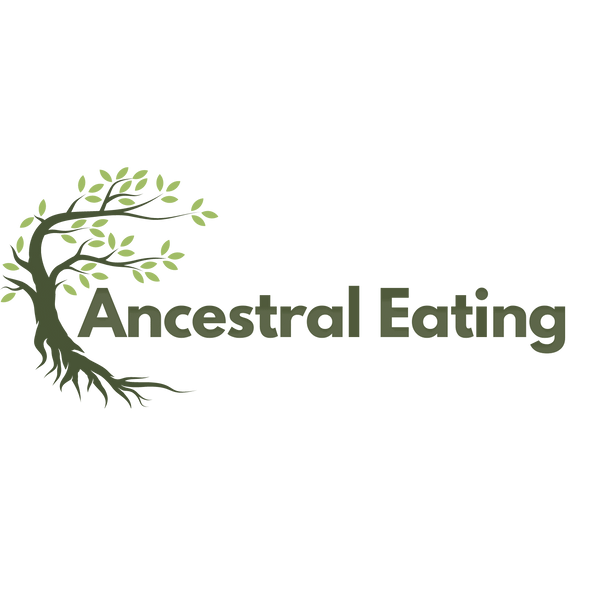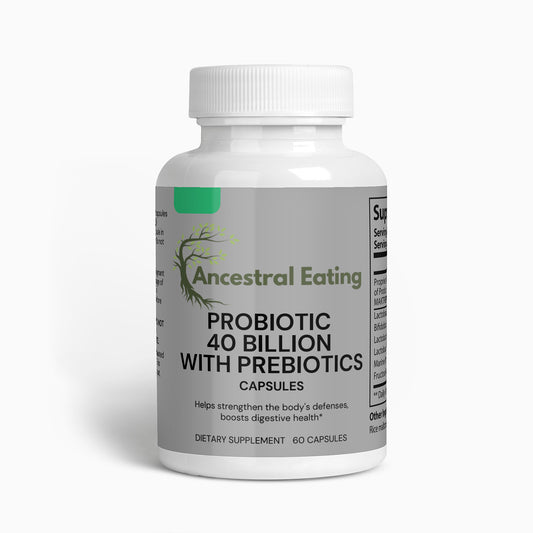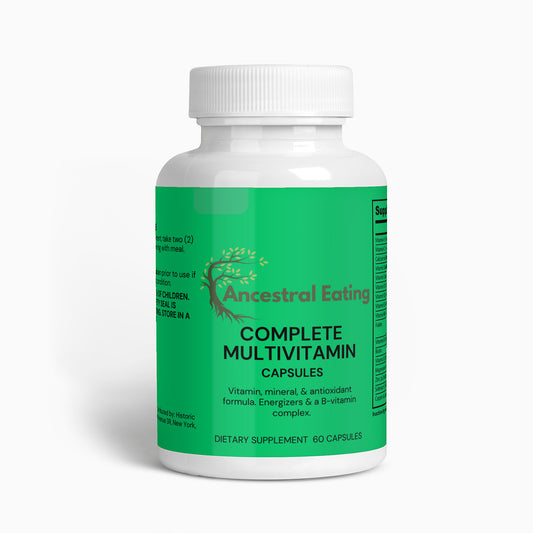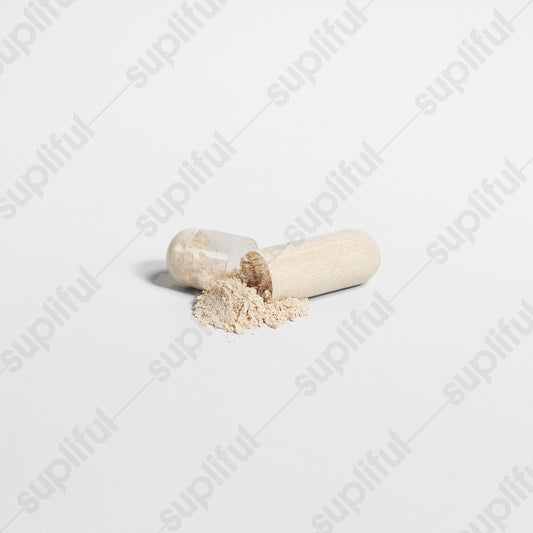The food culture of Mongolia is deeply rooted in the country's nomadic heritage and harsh climate. Over the past 500 years, the Mongolian diet has been heavily influenced by the needs of a nomadic lifestyle, which emphasizes durability and high-energy foods that can be easily transported. The focus has been on meat and dairy products, which are abundant due to the pastoral nature of the society.
Staple Foods
- Meat: Mutton and goat are the most commonly consumed meats, followed by beef and yak in some areas. Horse meat is also eaten but less commonly.
- Dairy: Various dairy products, including yogurt, milk, and cheese, are key components in the diet.
Proteins
- Meat: As noted, mutton is perhaps the most commonly consumed, often used in dishes like "boodog" (goat or marmot cooked with hot stones in its stomach) and "khorkhog" (a kind of meat stew cooked with hot stones).
- Fish: Limited to certain areas but still consumed, particularly in regions with lakes and rivers.
- Dairy Products: "Aaruul" (dried curds), "Byaslag" (cheese), and "Tarag" (fermented yogurt) are common forms of protein.
Vegetables and Fruits
- Root Vegetables: Potatoes, carrots, and turnips are some of the vegetables that can be grown in the harsh climate.
- Berries: Sea buckthorn, blueberries, and other wild berries are collected and consumed.
Legumes and Nuts
- Legumes: Not a significant part of the traditional diet due to the focus on pastoral farming over agriculture.
- Nuts: Also limited in traditional Mongolian cuisine.
Grains
- Wheat and Barley: Mostly used for making noodles and dumplings like "buuz" and "khuushuur."
Spices and Seasonings
- Onion and Garlic: Used for flavoring many dishes.
- Salt: Used generously in many dishes but other spices are generally less common.
Traditional Dishes
- Buuz: Steamed dumplings filled with meat.
- Khuushuur: Fried dumplings filled with minced meat.
- Tsuiwan: A noodle dish usually made with mutton and vegetables.
- Khorkhog: A mutton or goat dish cooked with hot stones.
Sweets and Desserts
- Aaruul: Dried curds, which can sometimes be sweetened.
- Boortsog: A type of fried dough often enjoyed with honey or sugar.
Beverages
- Airag: Fermented mare's milk, often consumed during the summer.
- Suutei Tsai: A salty milk tea often consumed with meals.
- Vodka: Consumed frequently, especially during social gatherings and ceremonies.
Foreign Influences and Modern Foods
- Russian Influence: Items like mayonnaise, bread, and certain types of cakes and cookies have been incorporated into the diet.
- Chinese Influence: Seen in some of the noodle dishes and the use of certain vegetables and spices.
Throughout the last 500 years, the foods consumed in Mongolia have remained largely consistent, especially in rural areas. While urban areas are seeing an increase in international cuisine and fast food, traditional Mongolian foods are still widely consumed and celebrated, particularly during festivals and significant life events.






